Boost Your Mood by Redecorating
Do you smile when you walk in your door? O reports on the mood-boosting new field of neuroarchitecture.
By Tim Jarvis

Photo: Thinkstock
Anyone fond of coming home to a chilled glass of Chardonnay to help wind down may soon be dreaming of the front door keys rather than a corkscrew. The pleasure is due to a hot new field of design called neuroarchitecture. Emerging research on how factors like light, space, and room layout affect physical and psychological well-being are driving the buzz behind this new intersection of art and science. "The premise is to consider how each feature of the architectural environment influences certain brain processes such as those involved in stress, emotion, and memory," says Eve Edelstein, PhD, adjunct professor at the NewSchool of Architecture & Design in San Diego and a research consultant to the Academy of Neuroscience for Architecture (ANFA).
For example, light is already a well-known mood modulator—candles, artificial sources controlled with dimmers, lots of natural sunshine. Beyond that, neuroarchitecture experts have a few suggestions about how to make the kind of home improvements that also might renovate your mood.
How to make your home a little happier...
For example, light is already a well-known mood modulator—candles, artificial sources controlled with dimmers, lots of natural sunshine. Beyond that, neuroarchitecture experts have a few suggestions about how to make the kind of home improvements that also might renovate your mood.
How to make your home a little happier...
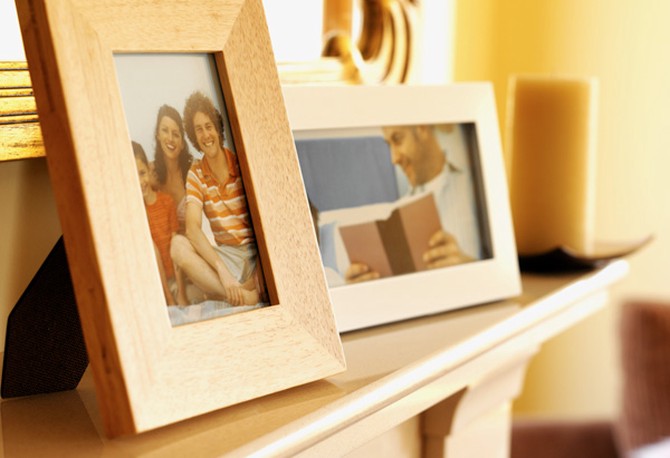
Photo: Thinkstock
Decor
Surprisingly, sleek minimalist interiors may not feed the brain as much as a home or apartment that's a little cluttered, says John Zeisel, PhD, who serves on ANFA's board of directors and designs therapeutic environments for dementia sufferers through his company, Hearthstone Alzheimer Care, in Woburn, Massachusetts. "Alzheimer's patients wander. However, if you provide good visual cues—pictures and objects they're familiar with, destinations at the ends of hallways, such as kitchens, activity spaces, and doors that lead out into safe and inviting healing gardens—they stop wandering and begin to walk with purpose." Similarly, when you look around your own place and see the evidence of who you are (the books you've read, the projects you're working on), you feel grounded.
Surprisingly, sleek minimalist interiors may not feed the brain as much as a home or apartment that's a little cluttered, says John Zeisel, PhD, who serves on ANFA's board of directors and designs therapeutic environments for dementia sufferers through his company, Hearthstone Alzheimer Care, in Woburn, Massachusetts. "Alzheimer's patients wander. However, if you provide good visual cues—pictures and objects they're familiar with, destinations at the ends of hallways, such as kitchens, activity spaces, and doors that lead out into safe and inviting healing gardens—they stop wandering and begin to walk with purpose." Similarly, when you look around your own place and see the evidence of who you are (the books you've read, the projects you're working on), you feel grounded.
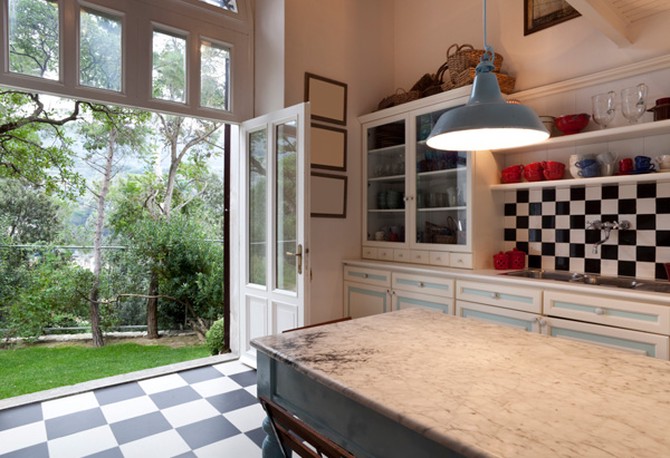
Photo: Thinkstock
The Kitchen
The hearth should always be the center of the home, according to Zeisel and British kitchen designer Johnny Grey, who have collaborated since Daniel Goleman, author of Emotional Intelligence, introduced them three years ago. "Being in the kitchen links you to hardwired feelings of comfort—beyond getting food, there's a sense of protection, warmth, sociability, sharing stories," says Zeisel, which is why, ideally, it's both a functional and a social space where friends and family can gather, do homework, and relax. Grey says the "sweet spot" is a location where you can cook with your back facing a wall while looking others in the eyes. Zeisel explains why: "After a busy day, if your kitchen design makes you face away from family or company, wondering what the noises and bustle going on behind you mean, your brain is more likely to continue to produce adrenaline and cortisol, the hormones associated with anxiety, fear, and stress. But when you face into the room and can see what's going on, you feel safer and more in control; then oxytocin, the bonding hormone, and serotonin, associated with relaxation and enjoyment, have a greater chance of being released." Better yet is a kitchen in which you have a view of the door where people enter, a window onto a landscape, and a fireplace.
The hearth should always be the center of the home, according to Zeisel and British kitchen designer Johnny Grey, who have collaborated since Daniel Goleman, author of Emotional Intelligence, introduced them three years ago. "Being in the kitchen links you to hardwired feelings of comfort—beyond getting food, there's a sense of protection, warmth, sociability, sharing stories," says Zeisel, which is why, ideally, it's both a functional and a social space where friends and family can gather, do homework, and relax. Grey says the "sweet spot" is a location where you can cook with your back facing a wall while looking others in the eyes. Zeisel explains why: "After a busy day, if your kitchen design makes you face away from family or company, wondering what the noises and bustle going on behind you mean, your brain is more likely to continue to produce adrenaline and cortisol, the hormones associated with anxiety, fear, and stress. But when you face into the room and can see what's going on, you feel safer and more in control; then oxytocin, the bonding hormone, and serotonin, associated with relaxation and enjoyment, have a greater chance of being released." Better yet is a kitchen in which you have a view of the door where people enter, a window onto a landscape, and a fireplace.
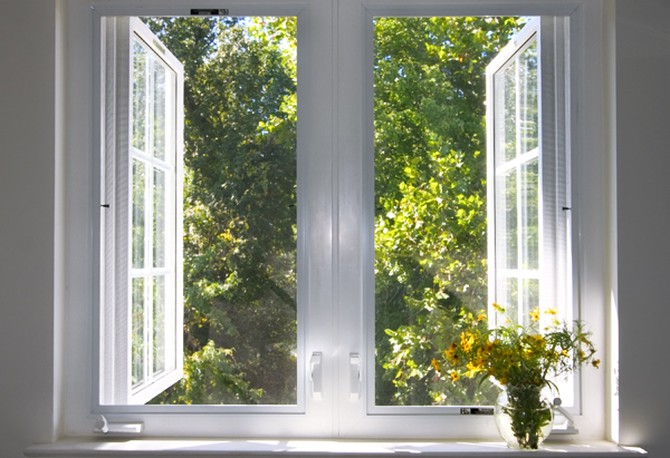
Photo: Thinkstock
Windows
A yard is nice, but if you don't have one, big windows or a balcony also offer an emotional lift. "Just being able to see how the weather is and knowing what's out there relaxes people and makes them feel more in control," says Zeisel.
A yard is nice, but if you don't have one, big windows or a balcony also offer an emotional lift. "Just being able to see how the weather is and knowing what's out there relaxes people and makes them feel more in control," says Zeisel.
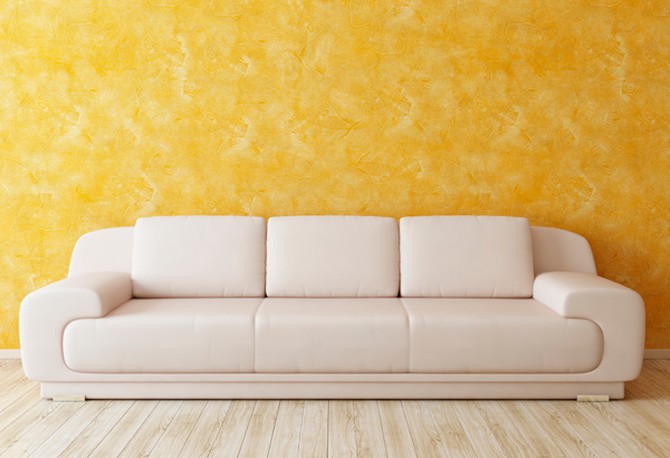
Photo: Thinkstock
"Soft Geometry"
Grey suggests the use of curves instead of hard edges on counters, furniture, and cabinets to help nurture contentment and well-being. "The reason has to do with your peripheral vision and is linked to a primitive part of the brain called the amygdala," he says. "If you were to walk down a dark, narrow tunnel lined with sharp rocks, you wouldn't be able to think about anything except avoiding getting hurt. But if the same tunnel were lined with linen upholstery, you'd feel safe to daydream." Everything need not be rounded—"that gets very tedious," Grey says. "But if the key pieces and places are curved, that makes the body relax."
Grey suggests the use of curves instead of hard edges on counters, furniture, and cabinets to help nurture contentment and well-being. "The reason has to do with your peripheral vision and is linked to a primitive part of the brain called the amygdala," he says. "If you were to walk down a dark, narrow tunnel lined with sharp rocks, you wouldn't be able to think about anything except avoiding getting hurt. But if the same tunnel were lined with linen upholstery, you'd feel safe to daydream." Everything need not be rounded—"that gets very tedious," Grey says. "But if the key pieces and places are curved, that makes the body relax."
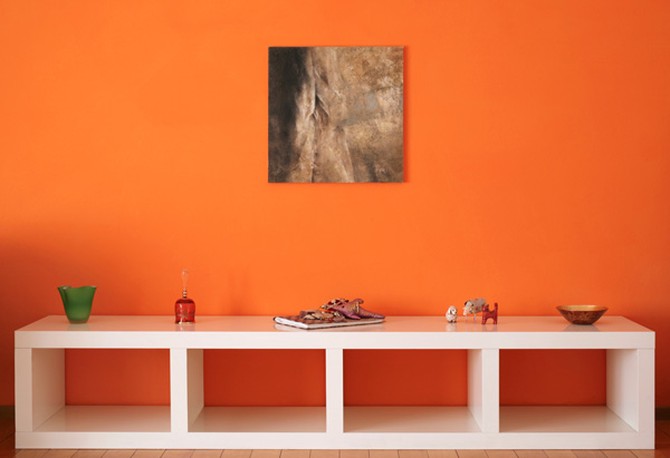
Photo: Thinkstock
Original Art
Decorating with a signed painting or one-of-a-kind sculpture not only puts your unique fingerprint on your place, it transmits a sense of authenticity and trust, says David Lewis, PhD, research director of Neuroco, a British neuromarketing company that uses EEGs (which measure electrical activity in the brain) and other techniques to understand consumer behavior.
Decorating with a signed painting or one-of-a-kind sculpture not only puts your unique fingerprint on your place, it transmits a sense of authenticity and trust, says David Lewis, PhD, research director of Neuroco, a British neuromarketing company that uses EEGs (which measure electrical activity in the brain) and other techniques to understand consumer behavior.
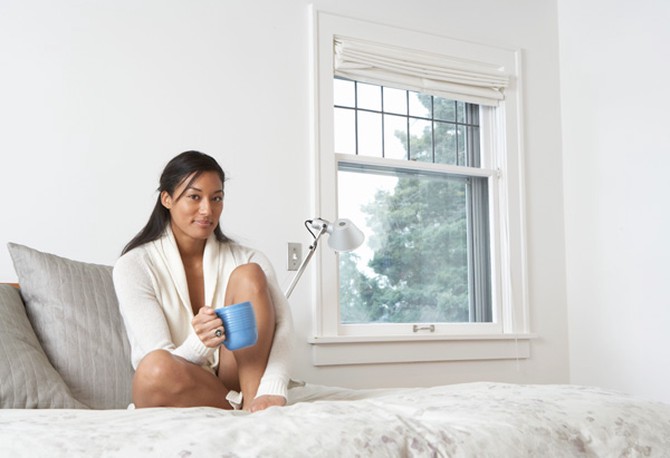
Photo: Thinkstock
A Room of One's Own
Lack of privacy is stressful, Zeisel says. Even if you can't have your own room, it's important to find ways to guarantee yourself solitude (make a time when the bathroom is yours so you can put on makeup alone, find a corner away from the family traffic to read).
Lack of privacy is stressful, Zeisel says. Even if you can't have your own room, it's important to find ways to guarantee yourself solitude (make a time when the bathroom is yours so you can put on makeup alone, find a corner away from the family traffic to read).

Photo: Thinkstock
Rearranging
"One of the keys to a home that elicits a lot of happiness and positive emotion is that it changes to some extent," says the University of Wisconsin's Richard J. Davidson, PhD. Even an environment that makes our spirits soar—an incredible view, for example—tends, over time, to grow stale. We get used to it. Davidson isn't suggesting turning your place upside down, but if you get the bug to move things around a bit or play with the lighting, you might find your own interior gets a lift toward the sunnier.
"One of the keys to a home that elicits a lot of happiness and positive emotion is that it changes to some extent," says the University of Wisconsin's Richard J. Davidson, PhD. Even an environment that makes our spirits soar—an incredible view, for example—tends, over time, to grow stale. We get used to it. Davidson isn't suggesting turning your place upside down, but if you get the bug to move things around a bit or play with the lighting, you might find your own interior gets a lift toward the sunnier.
From the March 2008 issue of O, The Oprah Magazine

